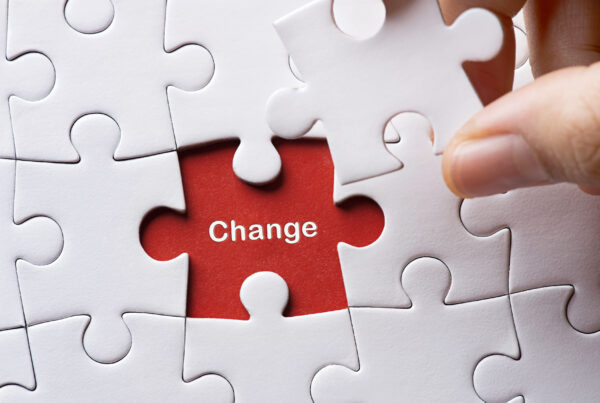LET’S FACE IT: consumers are simply bombarded with marketing clutter everywhere they turn. Standing out from the pack takes ingenuity, which is at the heart of guerrilla marketing. Experiential marketing, one technique many companies borrow from the guerrilla marketing playbook, allows prospective customers to interact with your brands, products and services in sensory ways. The most successful experiential campaigns utilize as many of the five senses as possible, allowing consumers to see, hear, touch, smell and even taste your product. This full-sensory experience invites consumers to connect emotionally with your brand. Experiential marketing creates a level of sensory engagement that most print ads or billboards can’t. It’s about creating dialogue and a buzz of two-way communication, and assuming the experience is positive, experiential marketing can be a fast track to your customers’ wallets. After all, customers want memorable experiences, and they are often willing to pay a premium for them. Disney isn’t selling vacations; they’re selling memories that last a lifetime. Apple isn’t really selling computers; they’re selling a lifestyle experience, which is why Apple stores are designed to encourage customers to actively engage with their products. While Apple products may be an obvious choice for experiential marketing, would you ever think that toilet paper could be? Charmin rented a two-story space in Times Square and converted it into the “Charmin Restrooms.” The Charmin Bear mascots urged passersby to make a pit stop and test-drive their toilet paper, which wasn’t a difficult sell considering the shortage of public restrooms in Times Square. Visitors passed under flat screens that broadcasted the Charmin theme song and were escorted to one of 20 luxurious, pristinely clean powder rooms with an abundant supply of Charmin. Visitors could learn the Charmin cha-cha or be entertained by the Charmin bears juggling rolls of toilet paper. Does this type of marketing work? In a 2006 study conducted by global brand-experience agency, Jack Morton, survey respondents ranked experiential marketing as the number one marketing technique that’s most likely to result in a purchase. Eighty percent of respondents indicated experiential marketing leads to a greater understanding of the brand, and 50 percent of respondents indicated they would share their experiences with someone through word of mouth or engage with the company after the experience, online or in person. Creating opportunities for in-depth consumer interaction with your products goes far beyond just providing samples, and it’s particularly useful for brands with complex features and selling points that aren’t easily explained within the confines of a traditional advertisement. You don’t have to be a big brand to win at experiential marketing. Consider the kitchen store that offers free cooking classes or the plant nursery that coaches you on creating an herb garden. They’re actually creating experiences around your product interaction. Experiential marketing is the difference between telling people about your brand attributes and allowing them to experience the brand on their own. What multi-sensory experience can you create to drive customer interaction with your product or service?
Recent Posts
- Identifying the Ideal Attribution Model For Your Business
- Embracing the Power of Attribution Modeling and Stop Accepting Bad Data
- Mastering MROI: How Accurate Calculations Drive Strategic Marketing Decisions
- Why You Don’t REALLY Know Your Customers
- To Tweak or to Torch: Key Considerations for Strategic Marketing Changes
Related Posts
 Marketing StrategyOther
Marketing StrategyOther
Beware of Shiny Objects
THE VERY QUALITY that defines some of the world’s greatest entrepreneurs is the downfall of…
RedRover Sales & MarketingApril 23, 2024
 LeadershipOther
LeadershipOther
Rewiring Your Inherent Resistance To Change
WHY DO SO MANY great organizations struggle with change? After all, as the Greek philosopher…
RedRover Sales & MarketingApril 23, 2024
 LeadershipOther
LeadershipOther
Difference Between A Rut And A Grave
THROUGH THE YEARS, I’ve come to embrace the realization that I am an agent of…
RedRover Sales & MarketingApril 23, 2024




